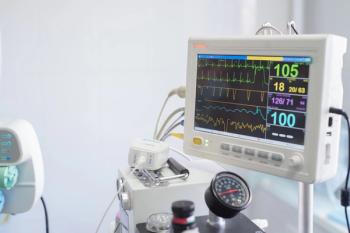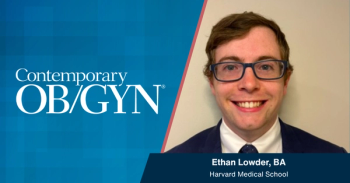
Fewer young adults are receiving opioids after surgery
In a recent study, a decrease in opioid dispensing was observed among youths undergoing surgical procedures, but rates remained high enough to warrant additional action.
A decrease in opioid dispensing following surgical procedures has been reported among youths, according to a recent study published in JAMA Network Open.1
Surgery occurs in approximately 1.4 million adolescents in the United States annually, leading to concerns that opioid prescription fills may increase the risk of persistent opioid use among this population. This could lead to opioid use disorder, overdose, and neurobiological and social changes in adolescence.
In one analysis, the rate of opioid prescription refills 3 to 6 months after surgery was 5% among opioid-naïve adolescents from 2010 to 2014.2 However, data about initial prescription timing and opioid refills for postoperative pain management among US adolescents aged 11 to 17 years and young adults aged 18 to 20 years remains lacking.1
To evaluate perioperative opioid prescribing among US youths, investigators conducted a retrospective cohort analysis. Data from inpatient and outpatient procedures between January 1, 2015, and May 31, 2020, was obtained from a national commercial insurance database.
Participants included US youths aged 11 to 20 years receiving any of 22 common procedures among this age group. Current Procedure Terminology codes were used to identify procedures, and patients with over 1 procedure during the study period were excluded from the analysis.
The rate of opioid prescription fills up to 14 days before a procedure vs 7 days after was reported as the primary outcome. Secondary outcomes included refills up to 30 days, 31 to 60 days, and 81 to 180 days after surgery in morphine milligram equivalents (MME).
Additional data collected included demographic variables, depression, anxiety, substance use disorder, and other chronic conditions. There were 3 categories for procedures based on the quantity of opioids in the first prescription: high prescribing, medium prescribing, and lower prescribing.
There were 100,026 opioid-naive youths with a surgical procedure between 2015 and 2020 included in the analysis, aged a median 16 years. Approximately half of patients were female, and 7.1% were Black, 2.9% Asian, 11.1% Hispanic, 69.6% White, and 9.2% other race or ethnicity.
An opioid prescription fill was reported in 46.9% of participants, with 16.2% of prescription fills occurring 1 to 14 days before the procedure. A mean MME dispensing of 226 was observed.
At 3 time periods, overall increases occurred for prescriptions, the proportion filled before surgery, and quantity dispensed among youths aged 18 to 20 years. A second prescription within 30 days of surgery was reported in 13.8% of patients with an initial opioid prescription, with a mean MME of 239.
A prescription 31 to 60 days after surgery was reported in 1.5% of youths, with a mean MME of 218. Of patients with continuation enrollment, 3% filled a prescription 91 to 180 days after surgery, with a mean MME of 155.
A decrease in the proportion of filled prescriptions and quality dispensed was observed in 2017, but similar preoperative fill rates were noted. Patients aged 18 to 20 years were more likely to have preoperative prescriptions. Additionally, preoperative prescriptions were more likely to be filled for procedures unlikely to lead to severe postoperative pain.
The odds of filling a second prescription were increased if the first prescription was filled within 2 weeks before surgery. Similar preoperative prescription rates were reported between 2015 and 2020, but a decrease in 30-day refills from 15.5% to 11.2% was found. Similarly, the mean MME dispensed decreased from 264 to 199.
These results indicated a decline in opioid use over time, but rates remained high enough to require additional action. Investigators concluded standard of care among youths should be guided by available opioid prescribing recommendations.
References
- Sutherland TN, Rabbitts JA, Tasian GE, Neuman MD, Newcomb C, Hadland SE. Preoperative vs postoperative opioid prescriptions and prolonged opioid refills among US youths. JAMA Netw Open. 2024;7(7):e2420370. doi:10.1001/jamanetworkopen.2024.20370
- Harbaugh CM, Lee JS, Hu HM, et al. Persistent opioid use among pediatric patients after surgery. Pediatrics. 2018;141(1):e20172439. doi:10.1542/peds.2017-2439
Newsletter
Get the latest clinical updates, case studies, and expert commentary in obstetric and gynecologic care. Sign up now to stay informed.










